For me, my first underwater photography competition will always be the most important. It was a tremendous experience with many exciting moments and I made lifelong friends, plus memories that repeatedly bring a smile on my face.
The first step in my career as an underwater photographer was my decision to participate in the 2014 Red Sea World Photography Competition, in Eilat. All my previous underwater photography was accomplished by free-diving but, not yet a certified diver, a diving course with PADI was the first thing I required.
That done, sooner or later my thoughts and ideas started to evolve even though I considered I was going to compete with some super-talented photographers, with experience from the Equator to the Baltic. It was daunting, but the decision was made. Suddenly I found myself, a Bulgarian woman, with a dream and an idea with which I hoped I might surprise the international judging team.
That done, sooner or later my thoughts and ideas started to evolve even though I considered I was going to compete with some super-talented photographers, with experience from the Equator to the Baltic. It was daunting, but the decision was made. Suddenly I found myself, a Bulgarian woman, with a dream and an idea with which I hoped I might surprise the international judging team.
.jpg)
Tied with lead at bottom
I knew I needed to do something different, both technical and conceptual, to stand any chance of winning a prize in such a competition, so I came up with some pretty wild ideas. Friends I shared them with met them with disbelief, but, motivated by the immortal phrase “Don't Give Up Your Dreams,” I carried on. First, I recruited fashion designer Zvezdi Patare, and we started work on the idea of producing and photographing a fantastic sea creature we called the Jellyfish Model.
A lot of styling changes were made and technical difficulties overcome, before we reached the final product and the idea of the image that needed to be pursued underwater.
.jpg)
15 feet of cloth were covered with LED lighting
In order to make the Jellyfish dress transparent, we used a special transparent fabric, on which was sewn waterproof LED strips. To maintain good balance and orientation in the water, we sewed a small weight band at the bottom of the dress and to this we attached LED strips to resemble the jellyfish’s special look at night. The lighting-strip system was connected to batteries attached out-of-sight on the back of the dress.
At first, we experimented with several attempts in a freshwater swimming pool and later in the waters of the Black Sea and the Aegean. Although we felt we had everything under control, we met a setback when, a few days before we left for Eilat, the last in-water test damaged several LED strips and we had to replace them with new ones.
This proved to be the first crisis, given the complexity of their design, and the short time we had available to do it, but we were blessed with the abilities of a good electrician who helped us sort out a lot of the problems associated with the LED strips and batteries in seawater.
The Model.
I had chosen the beautiful Elie Biel from a number of Israeli models available. I contacted her through Facebook. In my country there are not too many models willing to pose for pictures at depth below the sea.
I had chosen the beautiful Elie Biel from a number of Israeli models available. I contacted her through Facebook. In my country there are not too many models willing to pose for pictures at depth below the sea.
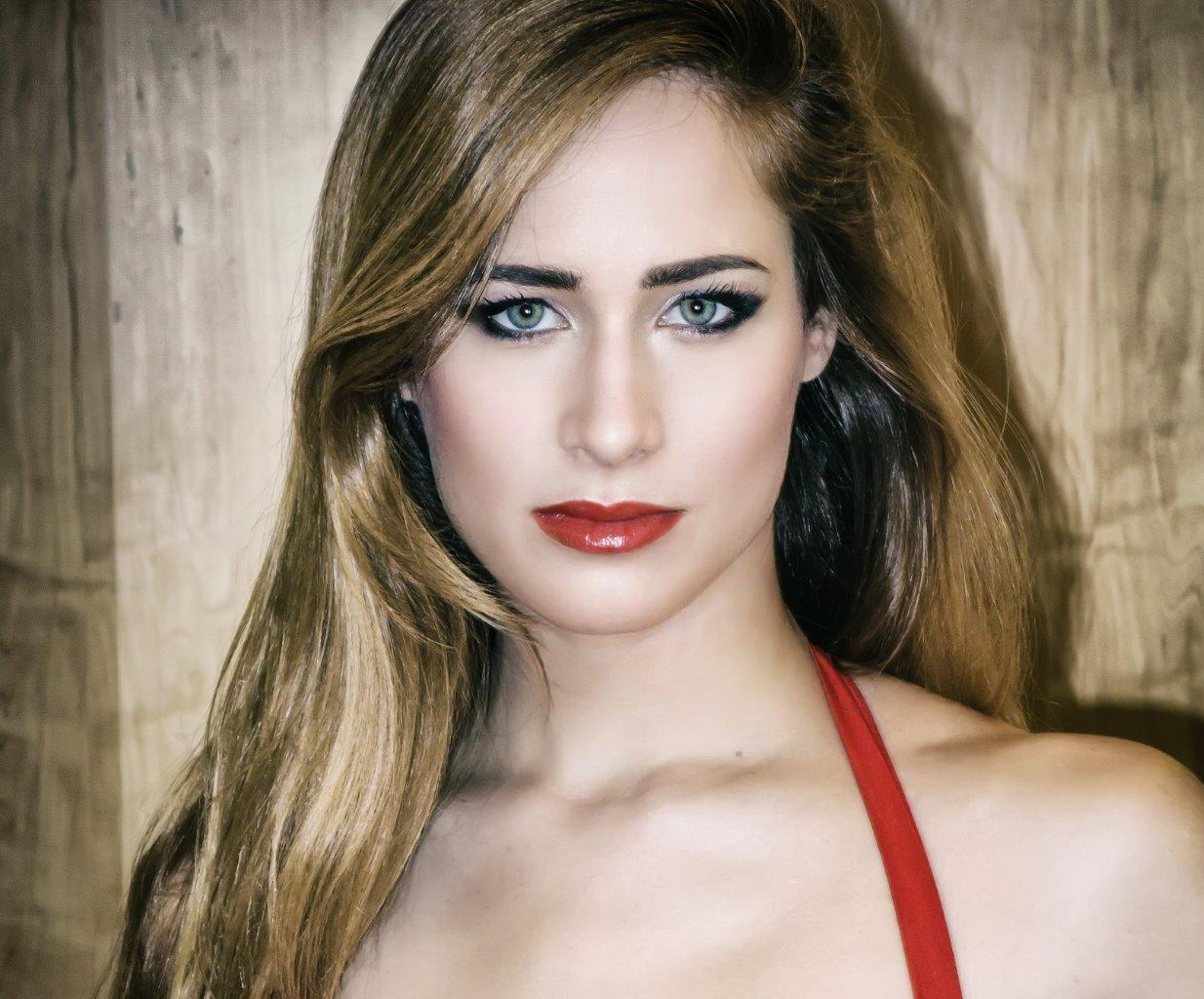
Elie Biel the Israeli model
She turned out to be the perfect option, because she combined beauty with professionalism and she had plenty of previous experience because she had already participated in other photography competitions in Israel. We had a good vibe. I think we made a dream-team despite the complexity of the project.
She liked my idea for the picture and, for the first time, she could collaborate with a female photographer in the competition – in a world usually dominated by men.
Intensive Preparation
I planned to use the 17mm setting of the Tokina 10-17 Fisheye lens so that it did not vignette on my full-frame Canon 5D MkIII, in its Ikelite housing. The light technology even five years ago was not as advanced as it is today and I was limited to the 2500 lumen output of Intova Galaxy torches. These were my only light sources so I optimized the camera setting at 3200 ISO.
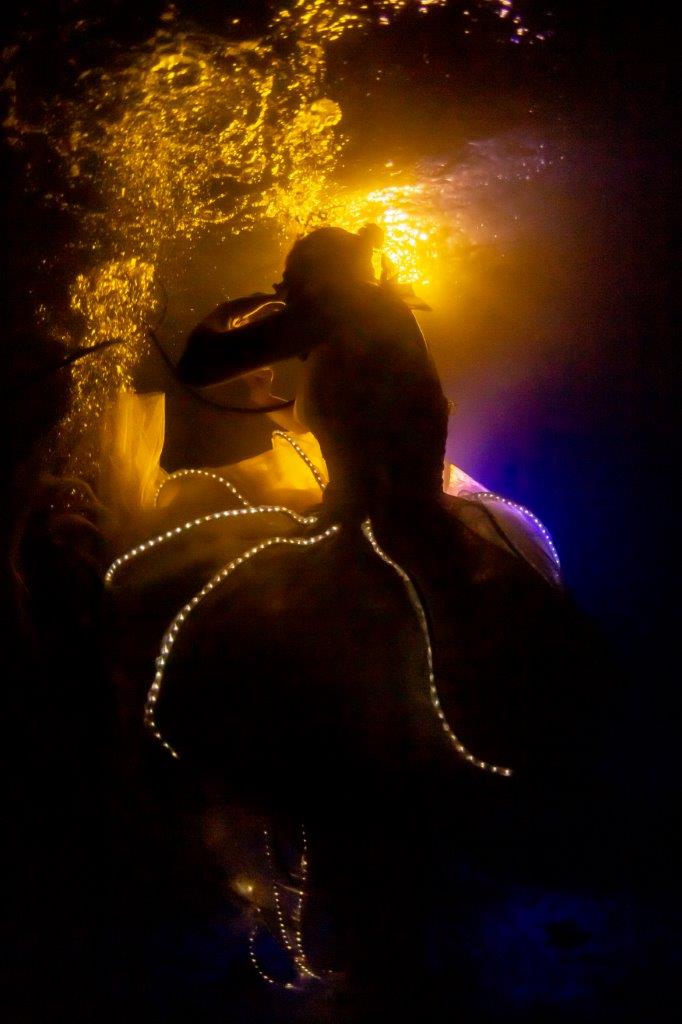
Two yellow lamps glowed behind the model
When it came to the time to take the pictures, our meeting started a little after sunset, but the intensive pre-dive preparation took longer than expected. It should be borne in mind that night dives are usually a little more complicated and require precise preliminary planning, due to the lack of light, and in the case of underwater photography where there is a model tied to the bottom holding her breath - there is an unavoidable element of risk.
As a professional make-up artist, I took care of Elie’s make-up. Getting her into the dress was also a bit tricky, since it was a corset dress made up of several parts. There would be only one opportunity to take the photo because of the limitations of battery burn-time and the fact that there was no way to recharge the batteries once they were done.
Darkness had fallen long before we got into the water so we set up the picture underwater by the light of a full moon. The depth we needed was about 5 or 6 metres. The jellyfish’s arms reached 2.5 metres in length and another 5 metres of cloth were covered with LED lighting. I relied on Elie’s local knowledge to select the shooting location.
The Shooting Session.
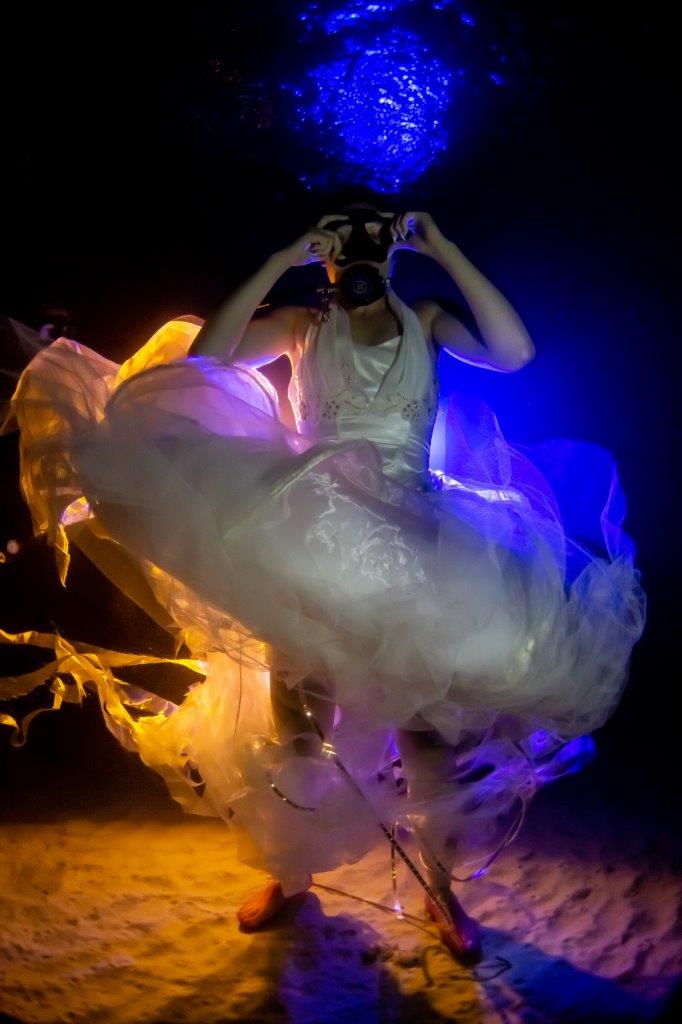
LED lighting strips incorporated into the dress
During the actual session, the model’s legs needed to be tied, with fishing line and weights, to the seabed. Besides me, the photographer, with Elie in the water, there was a female stand-by diver with Elie’s air source at the end of a long hose from her tank, and another diver with the torches. We all wore black.
We submerged and dropped to the bottom where one of Elie’s legs was tied to the weights previously placed there. Once she was settled, we realized that the battery for the LED strips was heavier than we expected. It made her sink so keeping her neutrally buoyant required a lot of adjustment. She signaled when she needed to take an occasional breath from the long-hose regulator, so she could then hover in position.
Three light sources, two just behind the model, glowed in blue and yellow light, and one pointed to the surface with blue light, which had to be reflected on the water. I held a red flashlight as a front light aimed at Elie, who was very calm and good at holding her breath for up to 40 seconds between breaths from a regulator.
Within a few minutes, with the preparations and test shots underwater completed, time became critical due to the limited burn-time of the battery-powered lights. I signaled for the team to clear the shot and it was now or never - a project that had taken six months in preparation could have easily failed at this moment.
The darkness, the weight of the battery, and the coordination between photographer, model and flashlight-holding divers, meant the performance was certainly more challenging than taking other photos, but we eventually overcame the difficulties and managed to get some good frames out before both the battery-life and our air finally finished.
I finally reviewed the last few pictures I’d taken on the LCD screen of my camera and relaxed. There were some that looked good.
(1).jpg)
The winning photo
It was only after the photo-session had ended, and we were swimming back toward the beach, we realised that, while underwater, the gentle current had insidiously dragged us farther out to sea.
But, after all that, our efforts were rewarded. We won third place in the fashion category, and my jellyfish picture was selected for the cover of the prestigious World Shootout catalogue, and even won the special award from the mayor of Eilat.
It was only after the photo-session had ended, and we were swimming back toward the beach, we realised that, while underwater, the gentle current had insidiously dragged us farther out to sea.
But, after all that, our efforts were rewarded. We won third place in the fashion category, and my jellyfish picture was selected for the cover of the prestigious World Shootout catalogue, and even won the special award from the mayor of Eilat.

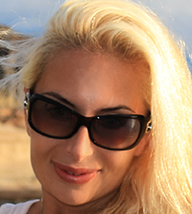
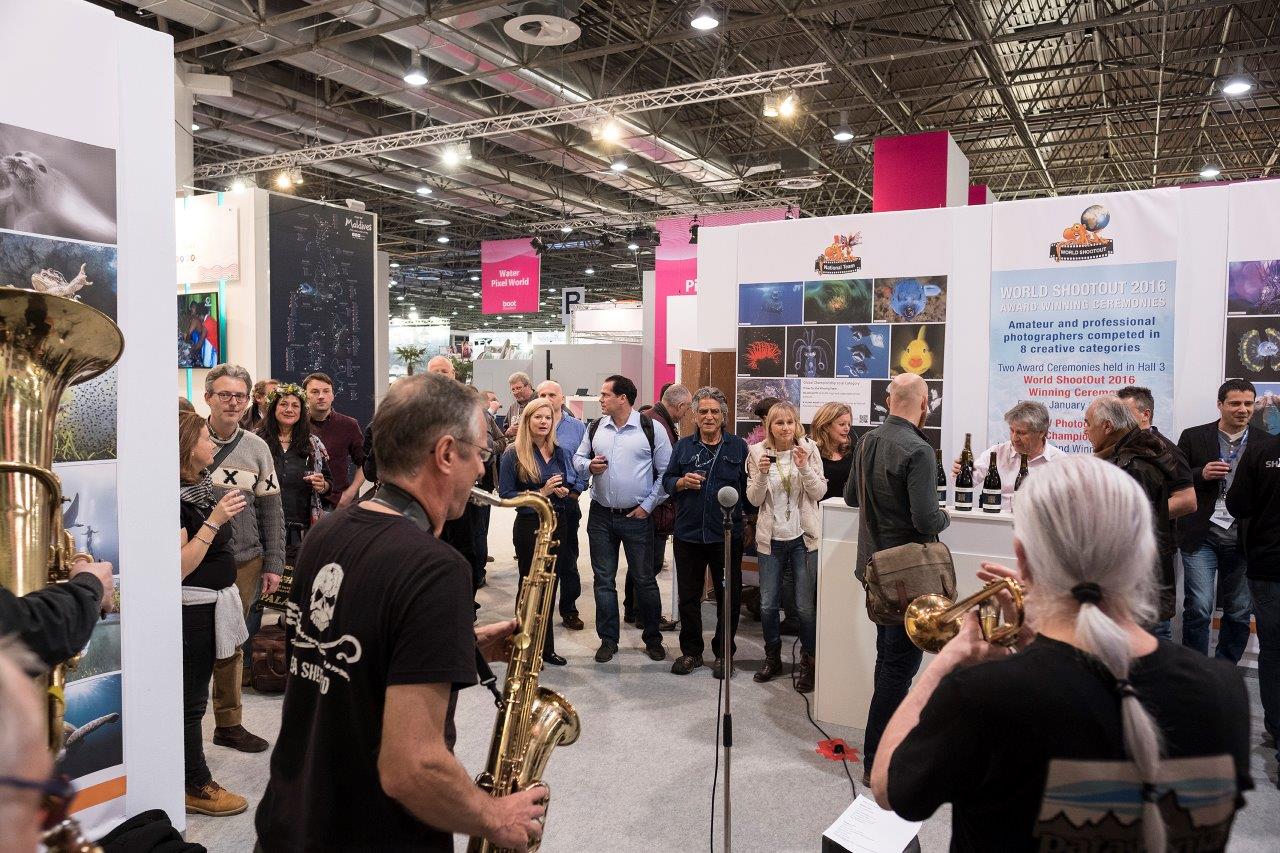
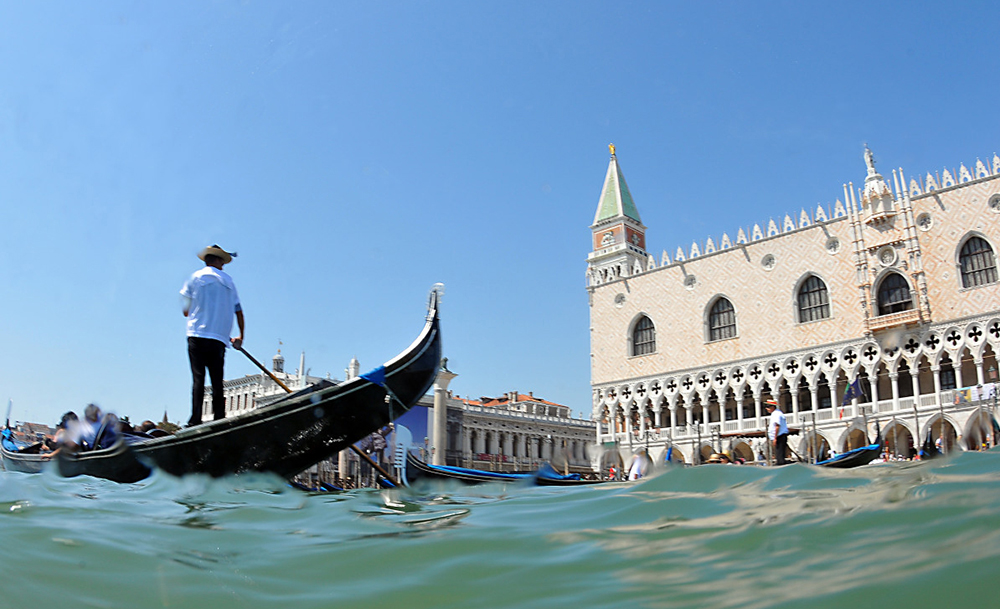
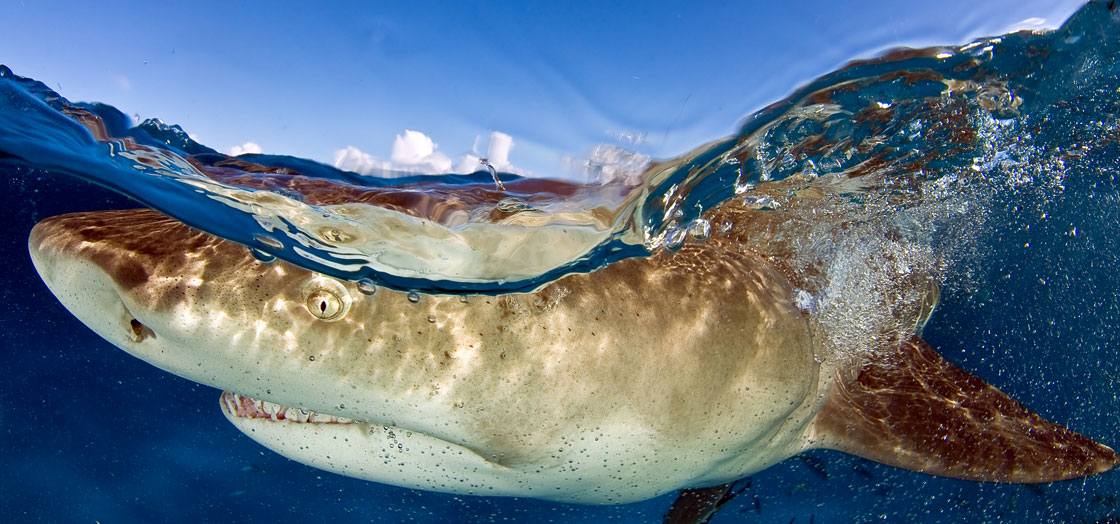
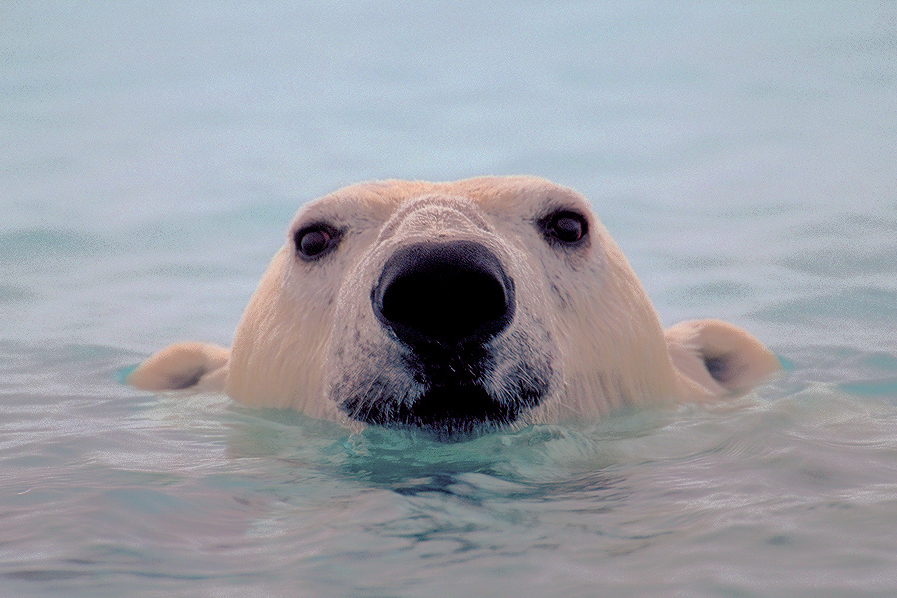
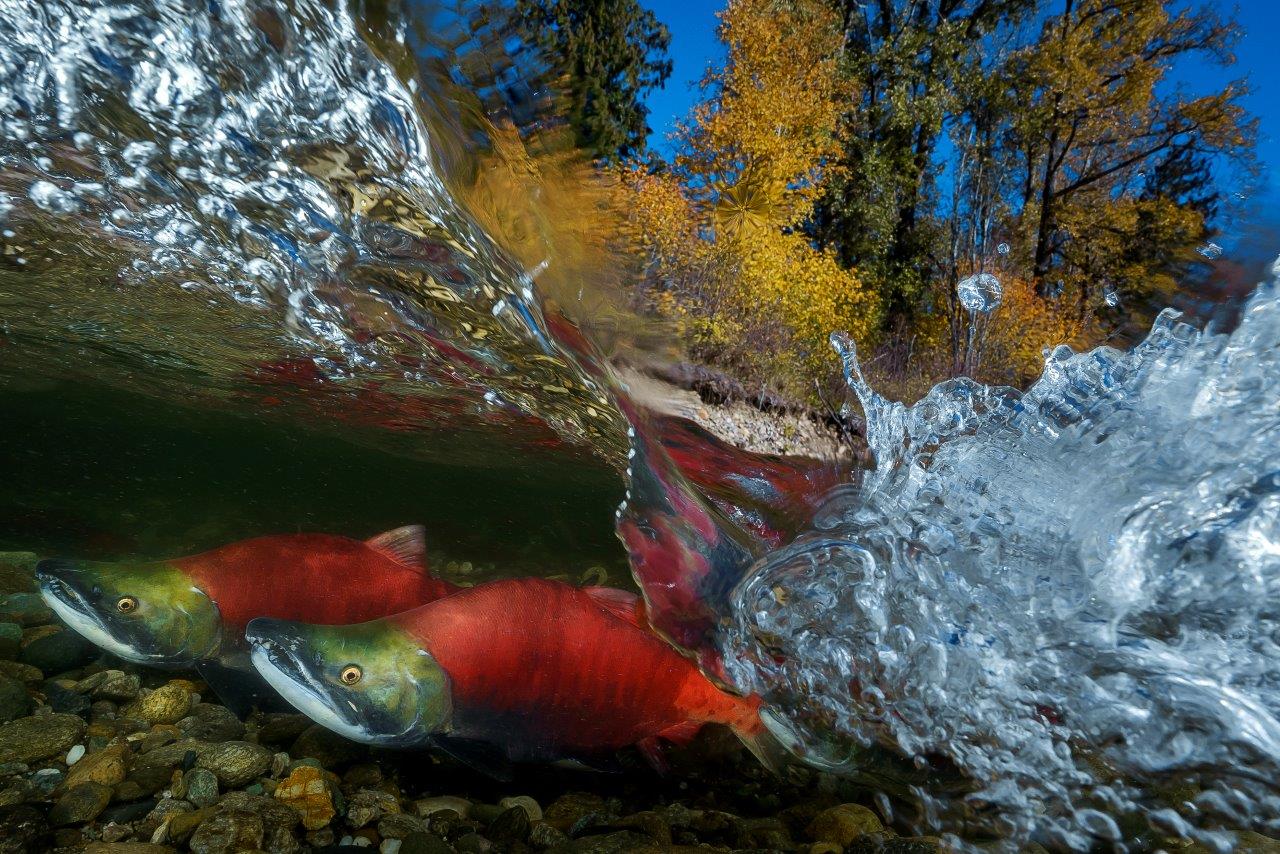

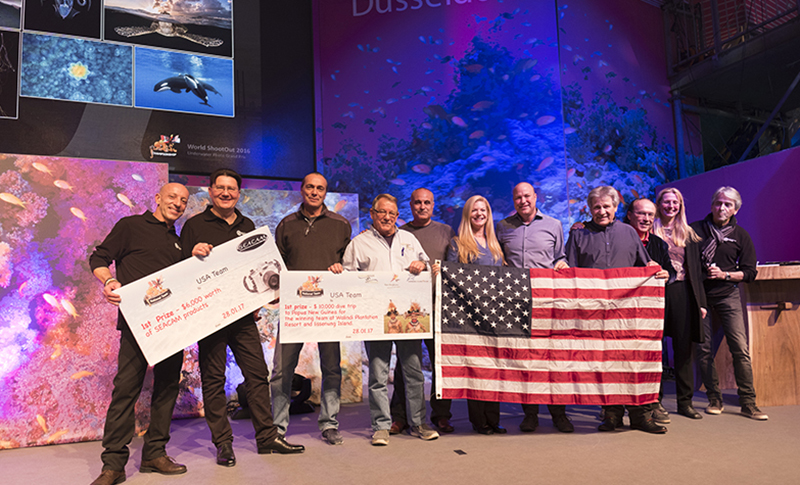
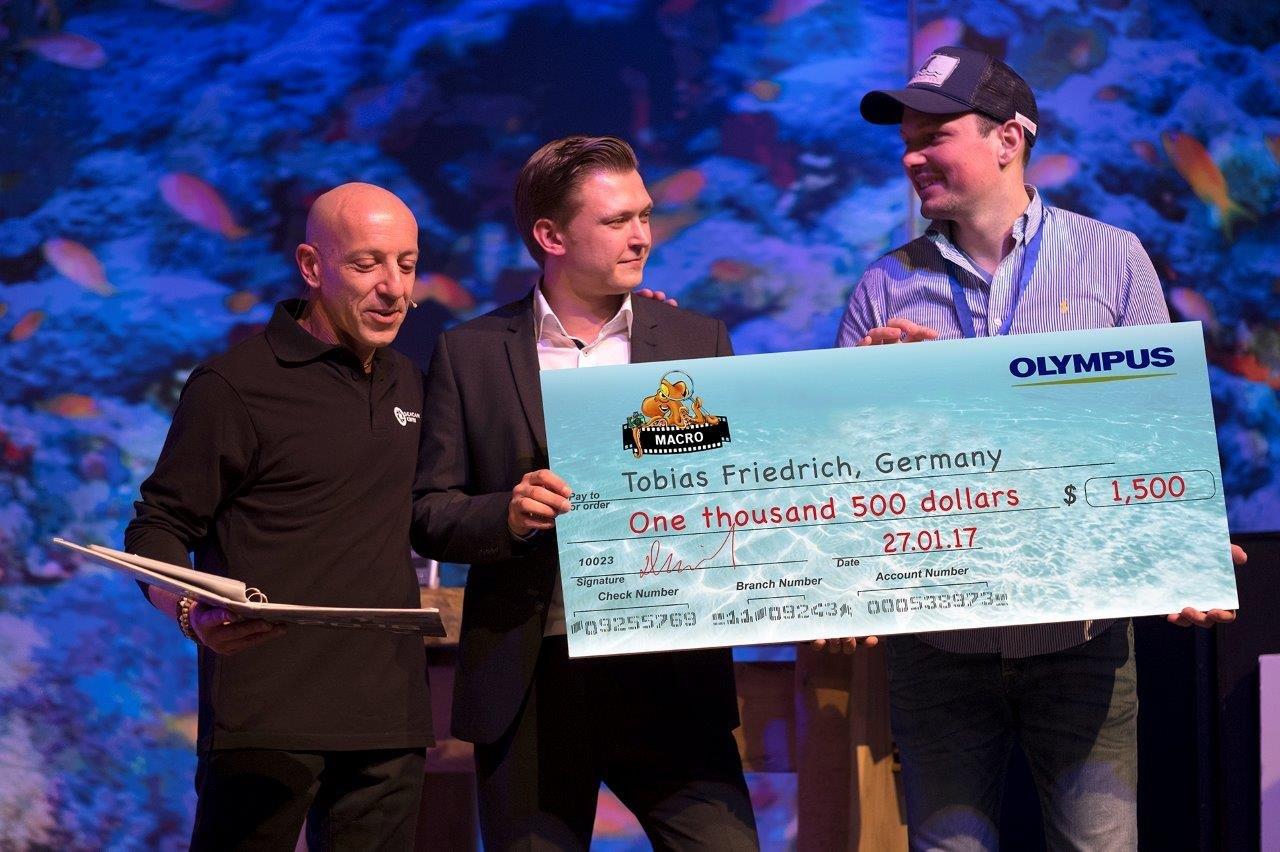

.jpg)
